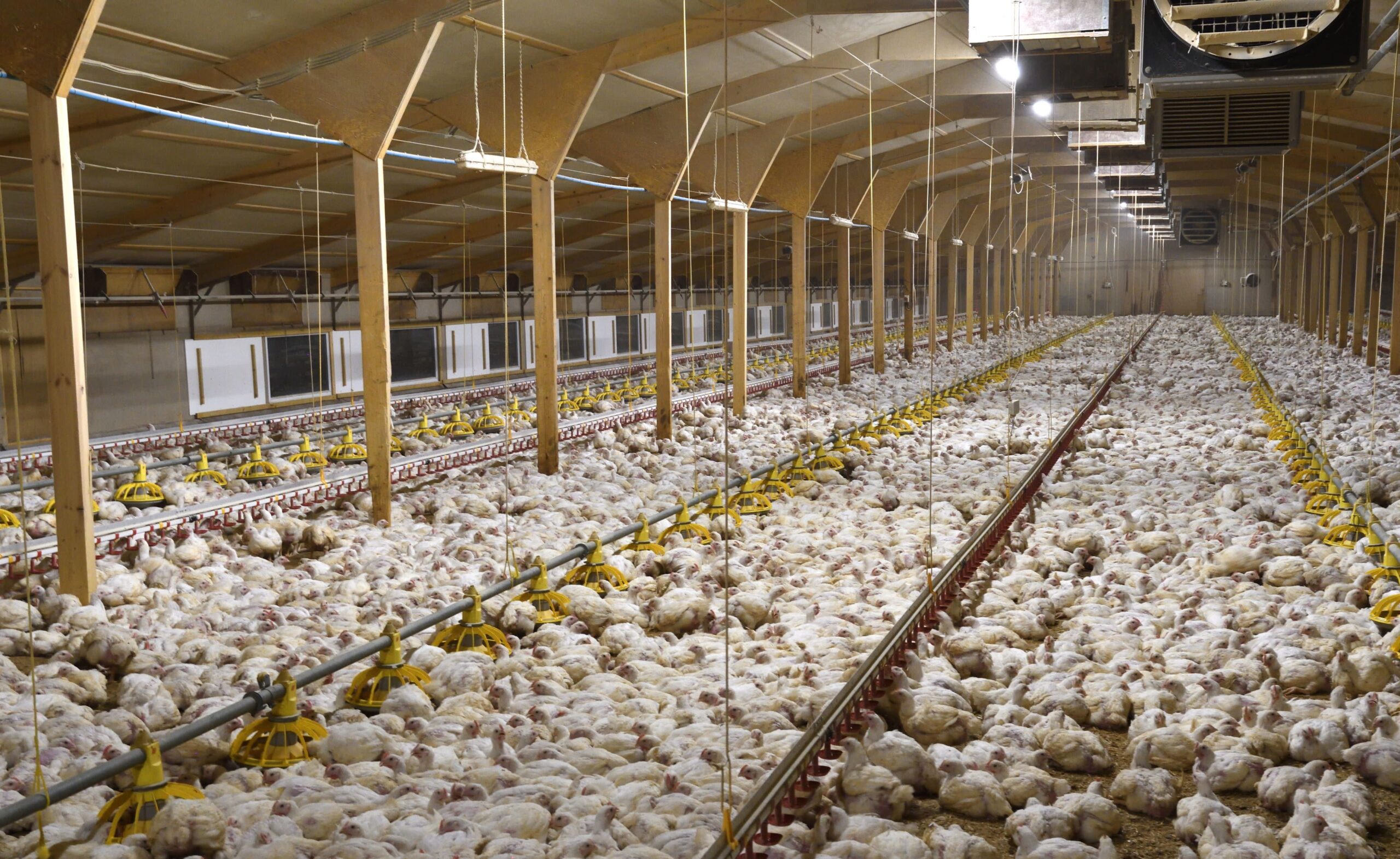In the grand tapestry of food choices, chicken occupies a prominent, often unexamined role. As one of the most consumed meats worldwide, it subtly weaves itself into the fabric of our cultural and culinary narrative. Yet, as the threads of this narrative unravel, we must confront an uncomfortable truth: the methods of production that bring this fowl from farm to table often harbor a dark underbelly. Thus, we grapple with a pressing query: Is eating chicken considered animal cruelty?
The metaphor of a dual-edged sword aptly encapsulates the dilemma at hand. On one side lies the nutritional benefits and culinary versatility of chicken—its succulent flavor and adaptability make it a staple in countless households. However, the other side reveals the stark reality of factory farming, where the pursuit of efficiency often eclipses compassion and ethical considerations. This is a pervasive reality that demands scrutiny, a multifaceted issue begging for exposure and understanding.
To comprehend the implications of choosing to eat chicken, one must delve into the labyrinth of modern farming practices. Factory farming, an industrial process designed to maximize output while minimizing costs, is emblematic of this dilemma. The chickens, typically bred for rapid growth, are often crammed into overcrowded spaces where they live in abysmal conditions. This setting resembles more of a dystopian nightmare than the idyllic farms of folklore, where animals roam freely and bask in the sunlight. The reality is stark; chickens in these environments often suffer various forms of neglect and deprivation.
Consider the plight of these creatures. They are subjected to a life devoid of natural behaviors—no scratching in the dirt, no spreading their wings in flight, and certainly no sunlight filtering through feathers. Instead, they inhabit dim spaces, their lives a reflection of the relentless pursuit of profit. Their existence is merely a cog in the machinery of consumer demand, a system where the value of individual life is overshadowed by economic gain. This is the heart of the matter, an ethical conundrum that begs discussion.
Moreover, the conditions in which these chickens are raised extend beyond mere physical discomfort; they are often subjected to inhumane practices that seize their very essence. For instance, beak trimming is a common procedure performed to prevent pecking in overcrowded environments. This painful intervention strips chickens of essential communication tools, reducing their ability to express themselves and interact with their surroundings. This bleak reality is compounded by a lack of transparency in the industry, leaving consumers largely unaware of the horrors concealed behind the glossy packaging.
The culmination of these factors leads to the philosophical inquiry: does the consumption of chicken—produced under such circumstances—constitute an act of complicity in animal cruelty? Ethical discussions diverge here; for some, the answer is unequivocally yes. When the act of eating is intertwined with the suffering of sentient beings, a moral conundrum arises that cannot be easily dismissed. Each chicken consumed can be seen as a silent endorsement of a system that prioritizes profit over compassion.
Conversely, others may argue from a nutritional standpoint, elucidating the benefits that chicken presents as a lean protein source. However, this argument often ignores the ethical accountability we bear as consumers in a globalized food system. The question then shifts: How can we reconcile our dietary preferences with our moral obligations? Is it feasible to enjoy the taste of chicken without wading into the murky waters of ethical compromise?
Ultimately, the power lies in informed choices. Individuals possess the agency to explore alternatives that align with their values. Free-range and sustainable farming practices offer a glimmer of hope amidst a bleak industrial landscape. These methods prioritize animal welfare, granting chickens the freedom to engage in their natural behaviors. While they may come at a premium cost, investing in humane practices sends a powerful message to the industry, advocating for a shift towards more ethical treatment of animals.
The complexity of this issue cannot be understated; the act of eating is inherently intertwined with cultural, economic, and personal dimensions. In many traditions, chicken is not merely food but a symbol of togetherness, family, and heritage. These associations complicate the decision-making process, entrenching consumers in a web of nostalgia and comfort that often overshadows ethical considerations.
Moreover, social pressures can further muddy the waters. In a society that often equates meat consumption with masculinity or strength, abandoning chicken might feel like relinquishing a deeply ingrained component of identity. Nonetheless, transcending these societal constructs can be an empowering choice, carving a path towards compassion without losing one’s cultural roots.
In conclusion, to question whether eating chicken is a form of animal cruelty necessitates a thorough examination of the systems that perpetuate factory farming. The stark contrast between the potential joy derived from consumption and the profound suffering endured by these animals presents a dilemma that demands deep reflection. By choosing to engage with humane options and fostering awareness, there exists a possibility for transformation—a journey from a cruel cycle towards a more ethical future. Each meal offers an opportunity for advocacy, each choice a step towards dismantling an oppressive system. Let us not merely consume; let us also consider the whispers of those who cannot speak for themselves, ensuring their stories are woven into the fabric of our choices.







